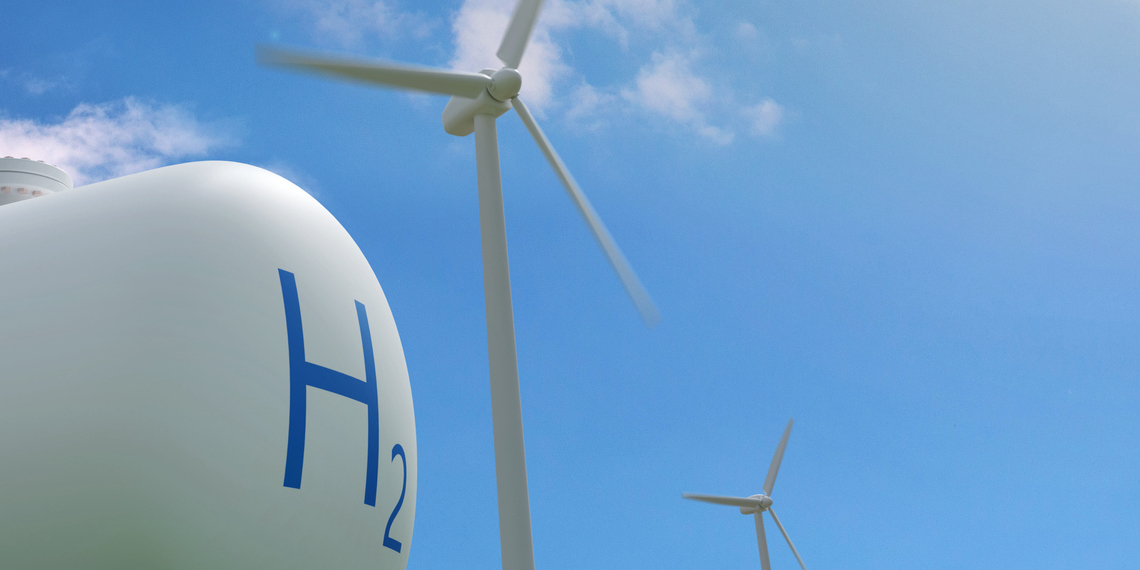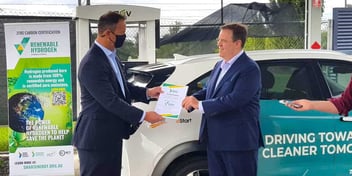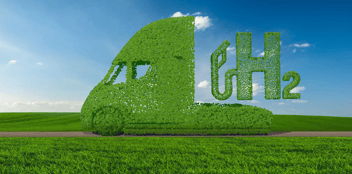Community consultation key to green hydrogen success

Australia’s green hydrogen industry holds a lot of promise for carbon reduction, but researchers are advocating for an increased focus on community consultation as the industry works through water resourcing hurdles.
Deakin University’s Centre for Regional and Rural Futures (CeRRF) has released a new white paper discussing the water requirements for green hydrogen production in Australia, and the importance of ensuring the developing industry does not disadvantage other water users.
Co-author and CeRRF Director Professor Rebecca Lester said one of the centre’s key focus areas is the intersection between green energy resources and futureproofing water resources, including the challenges and opportunities available for regions in regard to the nexus.
“Water and energy have a clear intersection. For hydrogen, water is the main resource required. From a carbon neutrality perspective, this is a brilliant opportunity, as the only byproduct the green hydrogen process produces is oxygen,” she said.
“But we also know that finding enough water for potable use, irrigation, other existing industries and our natural environments is going to become increasingly difficult, particularly in parts of the world like Australia, where we expect the climate to get hotter, drier and more variable.
“And so adding a whole new industry that relies on a resource that is already going to be under increasing stress is an undertaking that needs serious forethought. If we don't think about it carefully and plan in advance, we could end up with a market that dictates water access.”
Co-author Professor Wendy Timms said the next decade is going to be exciting, as multiple opportunities in renewable energy production develop and expand, but noted it’s also crucial to ensure the transition towards large scale production and use of these new sources remain equitable.
“We are starting to see very significant investments in carbon reduction through various technologies, whether it's carbon-capture-storage-use (CCUS) or biochar. There’s also more investments in technologies like hydrogen, batteries, wind and solar power,” she said.
“All of these are very exciting. We just want to go in with our eyes open and ensure that we don't create other risks. We need to make sure we are all reaching towards a world that is safe, sustainable, prosperous and fair for everybody.”
Treatment, located
Within the green hydrogen space, there's quite a few options in terms of how the water needs to be treated, Timms said, and water use can vary significantly depending on the steps involved in the treatment train, and from where the water is being sourced.
“Green hydrogen production requires a lot of good quality water, and how the water needs to be treated depends on its source. The numbers vary quite a bit, but we will see a lot of development in water treatment and hydrogen production technologies moving forward.
“Desalination is a fantastic technology, but there is big energy expenditure when desalinating seawater. It can use as much as four times more energy compared to low salinity water, such as the brackish groundwater located in inland Australia.”
Additionally, with many of the treatment processes available being energy intensive, Lester said powering the green hydrogen industry sustainably will mean ensuring an available supply of renewable energy.
“We don't want to put more energy into the process than you're actually getting out of the process. However, there are opportunities with some of our renewable energy generation technologies,” she said.
“For example, wind turbines in southwest Victoria often produce more energy than can be transmitted through the line. It’s important to assess these types of opportunities when making decisions about where hydrogen production hubs might be located.”
Questions of location are significant when it comes to green hydrogen production energy use, but just as important is the impact water allocations for the growing industry will have on water security.
“We need to be very careful about where to source all this water, but there are a lot of opportunities to find ways of protecting communities from further water stress,” Timms said.
“In Geelong, we've got a new energy service station currently being constructed alongside the northern water treatment plant. That’s no accident. We can take the treated water from the industrial area and use it in the electrolyser.”
Lester said these types of arrangements are crucial: “We need to find the solutions for industry in the location of the industry. The water used for green hydrogen needs to be close and it needs to be good quality. Moving water long distances is not a feasible option.
“It’s important for us to explore all of our recycled water options. There's lots of treatment plants that currently discharge either into rivers or into the ocean, and lots of them would really love to see re-use of that water, but don't have a market,” she said.
Community first
While there is a lot of effort dedicated to solving these various green hydrogen water treatment and resourcing hurdles, Lester said effective community consultation will be fundamental to the success of the burgeoning industry.
“Many of our regional communities are dependent on commodity-based agriculture,” she said.
“This means they're very susceptible to water prices, and therefore very susceptible to drought and climate change. Regional communities are also struggling to find ways to stay viable with the right skill sets and jobs,” she said.
“There are real opportunities for our regional communities to play a leading role in green hydrogen production. It could diversify their economic base. It could provide a whole range of different job opportunities that require good quality housing and schools, and flow on benefits.
“But we need to match the investment with the identity of the community. You don't want to place a new facility smack in the middle of a community that doesn't want it. And so bringing communities into the conversation early to understand what they want is key.”
Of particular importance is the consultation that needs to occur with Indigenous communities, Timms said, and ensuring that all communities have equal access to information.
“Indigenous communities very much need to be part of that consultation right from the very start. Water for cultural water is important, and not all Indigenous and First Nations communities are interested in having a new industry developed on their Country,” she said.
“What’s important is that these communities are involved in consultation, and they have all the resources they need to make informed decisions, because it’s their call.
“Everyone needs to be able to have the information available to them, including the potential range of possible impacts, so that we can share resources and benefits appropriately.”
Lester said that if community consultation is done right to ensure solutions are just, green hydrogen production has the potential to provide huge benefits.
“It’s absolutely possible for us to work through these solutions. It's about thoughtful planning and including all the voices around the table to support this new and emerging industry,” she said.
“Green hydrogen has big potential for carbon reduction. We just need to do it in a way that isn't going to adversely impact other water users and our communities.”


